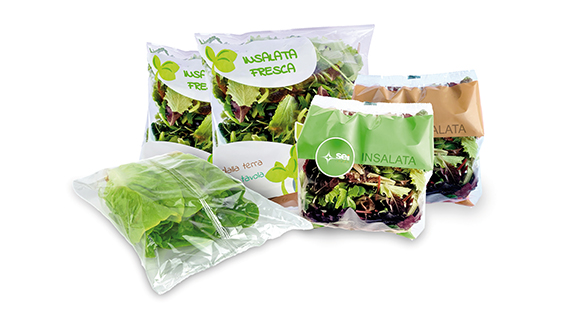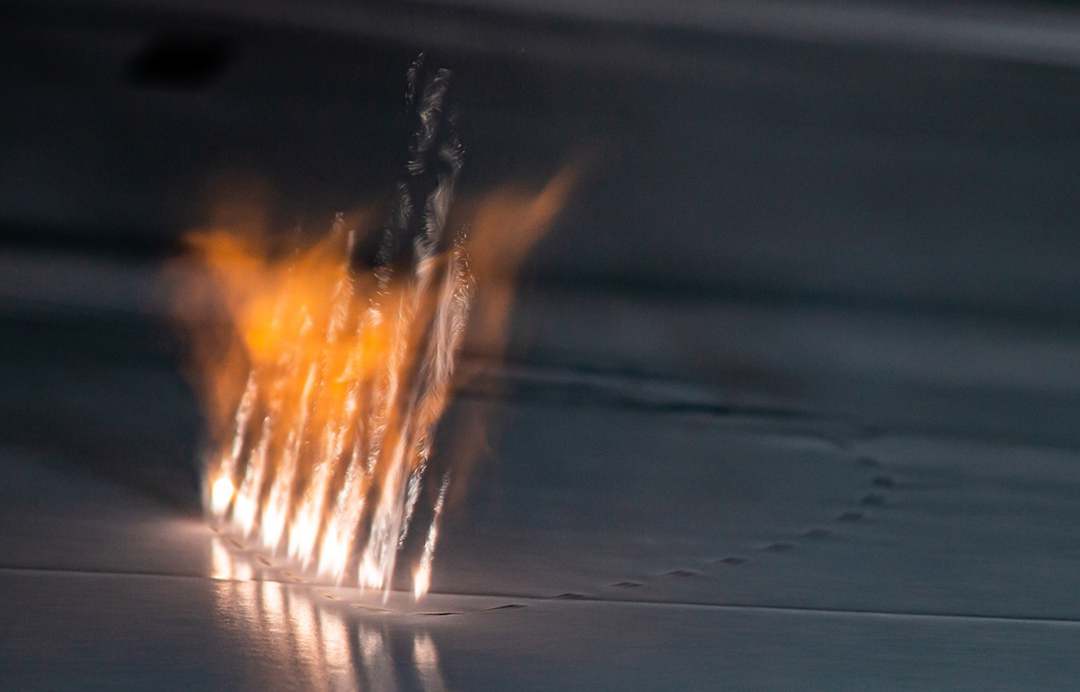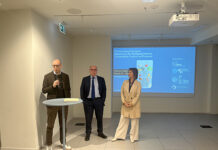In this article Matteo Maffeis, expert in laser applications for flexible packaging, analyzes the state of the art and recent improvements in micro and nano laser perforation on flexible packaging and looks at future technologies and trends that could improve this process

The market of pre-packaged products is growing continuously. Since these products request reduced preparation times, they are extremely practical. This is why the market requires them in increasingly abundant quantities. Packaging plays a fundamental role in the possibility of using ready-to-use products and, especially, in making flexible films available with a level of transmission suitable for each product contained, to maximize conservation.

The importance of micro-perforated films for flexible packaging
Flexible packaging technology plays a crucial role in optimizing the shelf life of products and ensuring the overall quality of the food product, while reducing spoilage in the supply chain. Indeed, the right packaging, combined with the correct storage temperature, can help create conditions inside the package that delay the ripeness and aging of products. Therefore, it is possible to increase the shelf life and/or harvest the product later, ensuring better quality. Packaging can make the difference.
It is essential to control the transmission of oxygen, carbon dioxide, ethylene and water vapor through the packaging of each specific product. Optimal storage conditions vary depending on the type of product, the degree of processing and ripeness, the harvest period and more. Producing a flexible film for every food product is neither economical nor technically feasible. In this context, micro and nano laser perforation helps to maintain the desired atmosphere and slow down the aging process of the products. This translates into a reduction in spoilage and waste, contributing to savings for food producers and consumers.

Laser micro-perforation in detail
Although other perforation processes exist for flexible packaging, such as needle perforation and electrostatic perforation, micro and nano laser perforation technology has emerged as the dominant manufacturing process. The laser’s ability to produce perfectly circular holes (regardless of the speed of material advancement) and of dimensions unimaginable with traditional methods has made it the preferred choice, and it is precisely this type of technology that we have focused on in this article.
The use of laser for micro-nano perforation of various materials is certainly not new, given that it has been used for decades and is also used in the flexible packaging market as a consolidated technology. Laser systems equipped with a CO2 source are commonly used for this purpose. These systems can perforate a wide range of materials, including mono and composite films and paper, the width of which can vary from 250 mm to 2000 mm to meet different packaging needs. Additionally, the number of laser sources per system can range from 1 to 8, with each source typically having a power output of 150 W and maximum material speeds of up to 600 m/min. Perfectly circular holes with a defined diameter and produced at these processing speeds, have allowed laser technology to have no rivals. Steam, carbon dioxide, and possibly other gases (MAP, protective gases) are exchanged with the outside following a specific curve. The diameter of the holes, the number of holes per package and the type of material used for packaging determine the positioning on the curve described above. Consequently, the controlled and deterministic exchange with the air outside the packaging determines an optimization of the perishability of the food, extending its life.

Versatility in perforating applications
Laser micro-perforation offers several advantages over other perforation methods. One of the main ones is the ability to customize the perforation process based on specific requirements: to achieve the desired transmission, different packaging materials require holes of different sizes and densities. For example, when mono films are perforated, hole sizes typically range from 50µm to 200µm. Furthermore, it is possible within the same package to have perforations with variable diameters or positioned in some well-defined areas of the packaging.
Additionally, micro-nano laser perforation aids environmental sustainability efforts. By using laser technology to create perforations, the need for additional materials, such as adhesives, lacquers, coatings, is minimized.
The PackMaker laser system, developed by SEI Laser, is widely used in the packaging industry. It finds application in the perforation of mono films, recycled/recyclable plastics, laminated films and various other packaging materials. PackMaker is not only a laser system dedicated to micro and nano perforation, but with this system it is possible to carry out the classic “facilitated openings”, macro perforations and dies. The system can be integrated with any slitter-rewinder and more generally with winder/unwinder systems. The laser perforating process is not limited to the food industry, but also extends to the pharmaceutical and automotive industries and much more.

Conclusions
Laser technology allows to extend the shelf life of perishable products, to reduce waste and pursue environmental sustainability. With the continuous advances in laser technology and control systems, the future of laser micro-perforation is promising and up-to-date.























